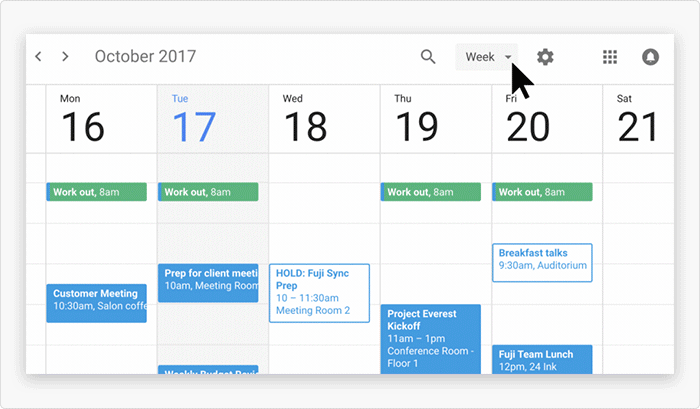
Imagine the amount of work your pre-frontal cortex does in executing your goal, keeping you focused, and resisting impulses in the process. One study shows that prolonged attention on a certain task can actually hinder your performance. The benefits of using this method are not just backed by anecdotal evidence - there’s a science behind the whole concept too. There are many reasons why the Pomodoro Technique continues to gain traction among an increasing number of professionals from various backgrounds. How the Pomodoro Technique Improves Your Productivity If you’re a designer, for example, who spends too much time on minor details like picking out a font, you can aim to be more efficient in your work by adjusting your Pomodoros to make more time for other more important elements of your design. Unless you’ve completed one objective, you can’t move on to the next.

What makes the Pomodoro Technique even more effective is to establish your own personal objective which should be achieved gradually in increments. If you receive a phone call in the middle of a work session, let them know you’re working on something at the moment and get back to them as soon as you’re done. If you suddenly remember something else you need to take care of, write it down so you remember it later. For the entire duration of each Pomodoro, immerse yourself in your task completely so that it becomes easier for you to resist any form of distraction that comes up. Before getting started, figure out how much effort is needed for each task and try to make accurate estimates of how many Pomodoros are needed for a certain activity.

Once you’ve taken the time to unwind and recharge, repeat the process throughout the day until you get a good amount of work done.Īlthough the process seems straightforward, there are a few other rules to keep in mind. Take a 5-minute break and do something relaxingĪfter going through 4 consecutive Pomodoros, take a longer break for 15–20 minutes. When the timer rings, mark your task as completeĥ. Work on your task for the entire sessionĤ. Set your timer to 25 minutes (1 Pomodoro)ģ.
#TOMATO TIMER IN TRELLO SOFTWARE#
Use a physical timer such as a kitchen timer or a software tool from your computer or phone.Ģ. The Pomodoro Technique is one of the simplest time management methods you can employ, and it requires only one thing: a timer. The short, frequent breaks are meant to help you fight the monotony and keep you motivated to finish the job. The goal over time is to improve your focus and manage procrastination better which should lead to greater personal productivity.


It’s a great way to practice being intentional with the time you have rather than working against it. Any task or project you need to do is divided into timed intervals with short breaks in between. Hence the name “Pomodoro”, the Italian word for tomato. The Pomodoro Technique was formulated in the late 1980s by entrepreneur Francesco Cirillo who used a tomato-shaped kitchen timer to keep track of his time while getting work done as a university student.
#TOMATO TIMER IN TRELLO HOW TO#
In this article, we’ll break down all the essential things you need to know about this widely used time management system - how to get started, who it’s for, and why it works. But if you’ve been proactively searching for ways on how to manage your time better, then there’s no doubt you’ve come across the Pomodoro Technique, a simple yet highly effective time management system that helps you improve your focus and get more things done in less time.īefore you jump on the bandwagon though, there are many questions worth asking to help you decide whether the Pomodoro Technique is the right method that suits your productivity needs. With the rising popularity of productivity hacks and time management tips, it can be hard to decide which one of them works best for you. No matter how much effort you put into a task at hand, something is always bound to distract you from your state of flow - whether it’s an urgent errand you forgot about or your own unruly thoughts getting in the way.


 0 kommentar(er)
0 kommentar(er)
